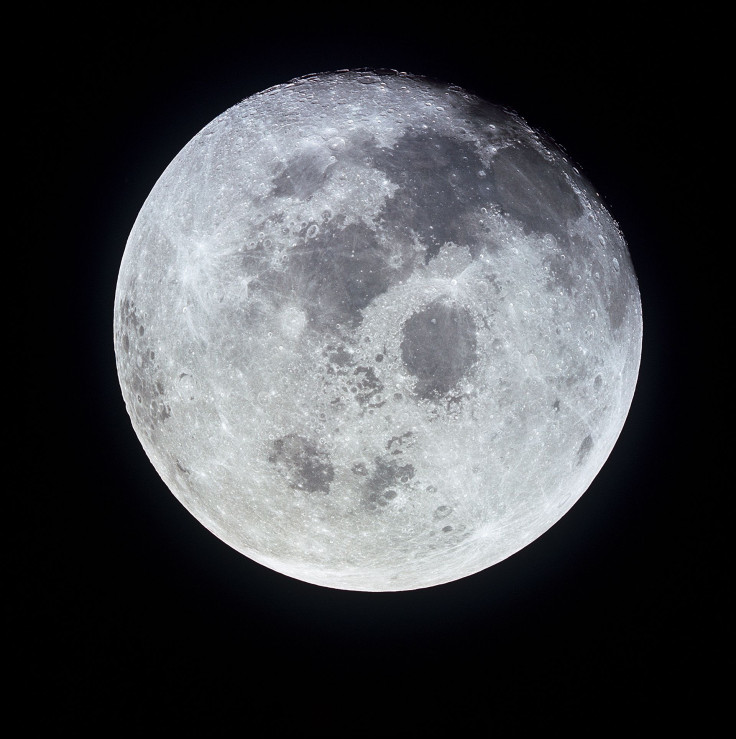Uber For Space: Russian Company Wants To Create A Shuttle To The Moon

If there was a way station on the journey to the moon the flight would, in theory, be a lot cheaper. Instead of a needing a rocket, a spacecraft and a lot of fuel would do to lift passengers to low-Earth orbit before firing them to the moon. That’s the logic behind Russian rocket company Energia’s Ryvok project announced Thursday. Energia wants to use the International Space Station as the permanent docking location for a spacecraft that could send astronauts to the moon.
A heavy rocket could send the Ryvok spacecraft to the space station where it would be docked permanently. Prior to the lunar mission, a second launch to the space station would send an “accelerator block” — fuel for Ryvok — to the space station. This launch would occurs several times each year with multiple companies and agencies capable of a launch to the space station. The Ryvok project was presented at the Human Space Exploration Conference in Moscow.
“A mission of the Ryvok multientry manned vehicle will cost a third less than a mission of the Federation manned spaceship,” Energia’s Yury Makushenko, a representative of Energia, said in a statement. Federation is Roscosmos’ reusable spacecraft, which is expected to be completed by 2021, Russia Today reported. The Federation spacecraft would launch to the space station by 2023 with a future lunar mission after 2025.
The only spacecraft that would need to be developed would be the Ryvok transport vehicle. Energia plans on using the existing Soyuz spacecraft that’s already ferrying astronauts and cargo to send the accelerator block to the space station. Additional cost savings would be found in using a heavy-lift rocket, instead of a super-heavy-lift rocket, and the future launches would not need to be certified for manned launches. The time for research and development also would be reduced.
The Ryvok spacecraft could carry as much as 11.4 tons to the moon. The trip from the space station to the moon would take five days. Rykov will be equipped with a 55 square meter “umbrella,” or parachute, to slow the spacecraft down during its return leg back to the space station.
© Copyright IBTimes 2024. All rights reserved.






















